Yanying (Tiffany) Chen
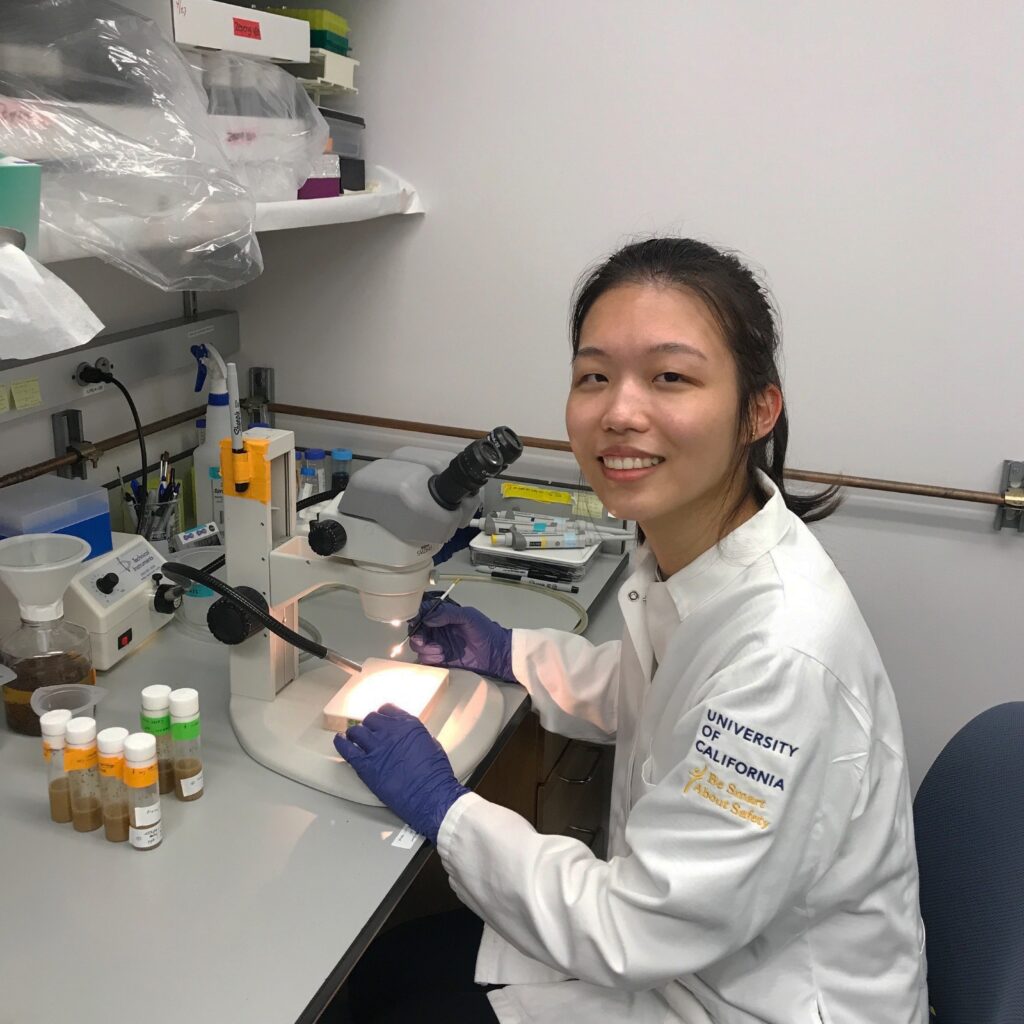
Obesity constitutes one of the greatest public health challenges, having a high prevalence and increasing the risk of serious complications. Obesity is essentially caused by an imbalance of energy intake and expenditure, which is under the tight regulation of the nervous system. The goal of this project is to investigate the genetic causes of abnormal food intake and eating regulation, by studying the different mechanosensory and chemosensory receptors present in the fruit fly Drosophila melanogaster’s digestive system. Tiffany will perform immunofluorescent staining and imaging using confocal fluorescence microscopy to identify […]
Cristian Aquino
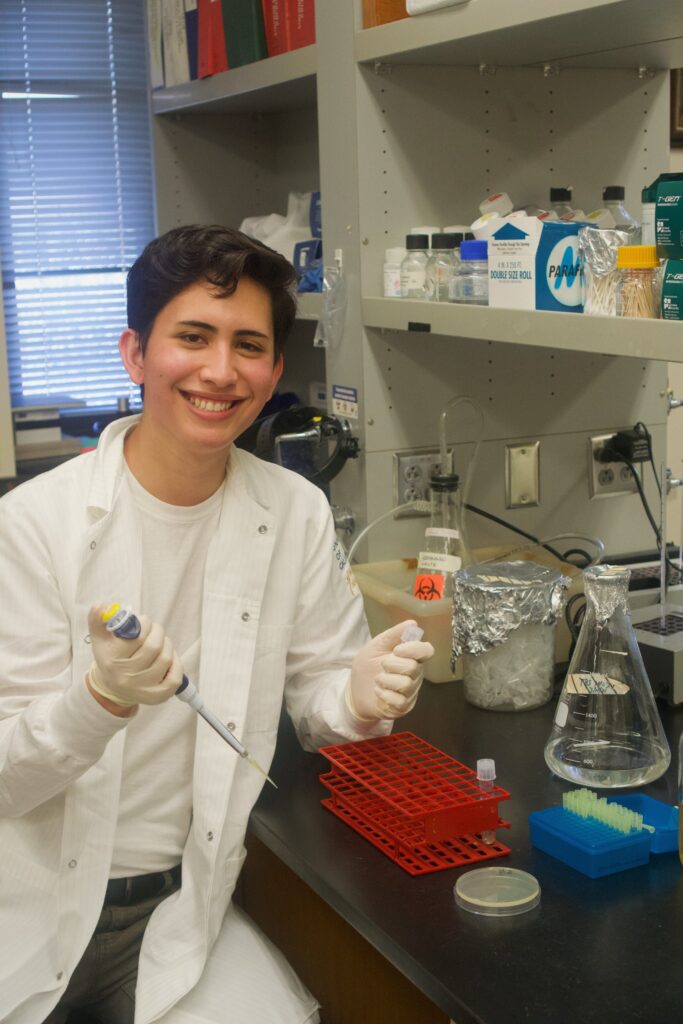
Kaposi’s sarcoma-associated herpesvirus (KSHV) establishes lifelong infections and can cause various cancers in immunosuppressed individuals. KSHV lies dormant in infected individuals’ cells and reactivates intermittently to cause disease and promote transmission. Current scientific literature lacks an understanding of the KSHV gene open reading frame 69 (ORF69). In this project, Cristian will employ a two-step mutagenesis technique in E. coli to generate ORF69 knockout and revertant mutants in a KSHV bacterial artificial chromosome (BAC). After transfecting a Kaposi’s sarcoma cell line with the BAC vectors, inducing lytic reactivation, and infecting 293T […]
Hector Lopez-Orozco
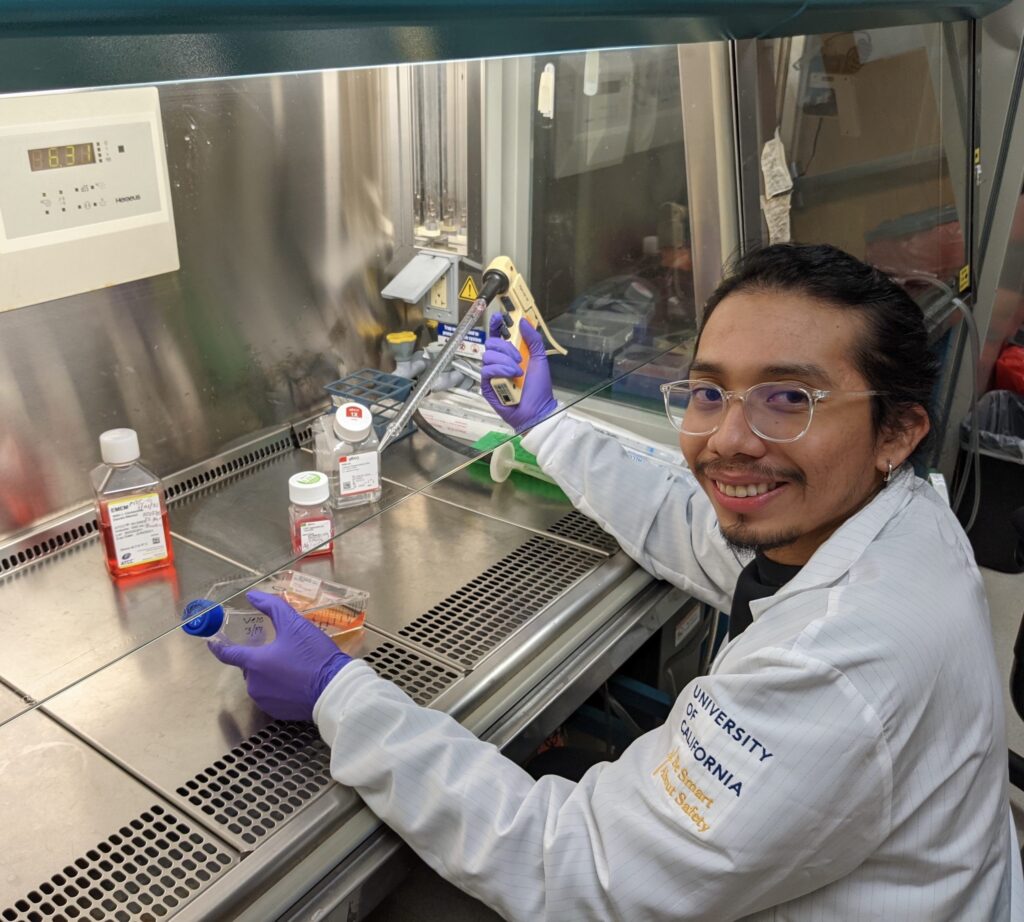
Human Cytomegalovirus (HCMV) infects 60-90% of humans globally, and while infections are largely asymptomatic, they can be severe or fatal in immunocompromised persons. No vaccines exist to prevent HCMV infection due to an incomplete understanding of the viral mechanisms used to evade host immunity and establish lifelong persistence. Complement is a system of proteins present in blood that serves as an initial line of defense against microorganisms; however, little is known about the role of complement in protection against HCMV. For this project, Hector will investigate the role of MASP1 […]
Seung Won Lee
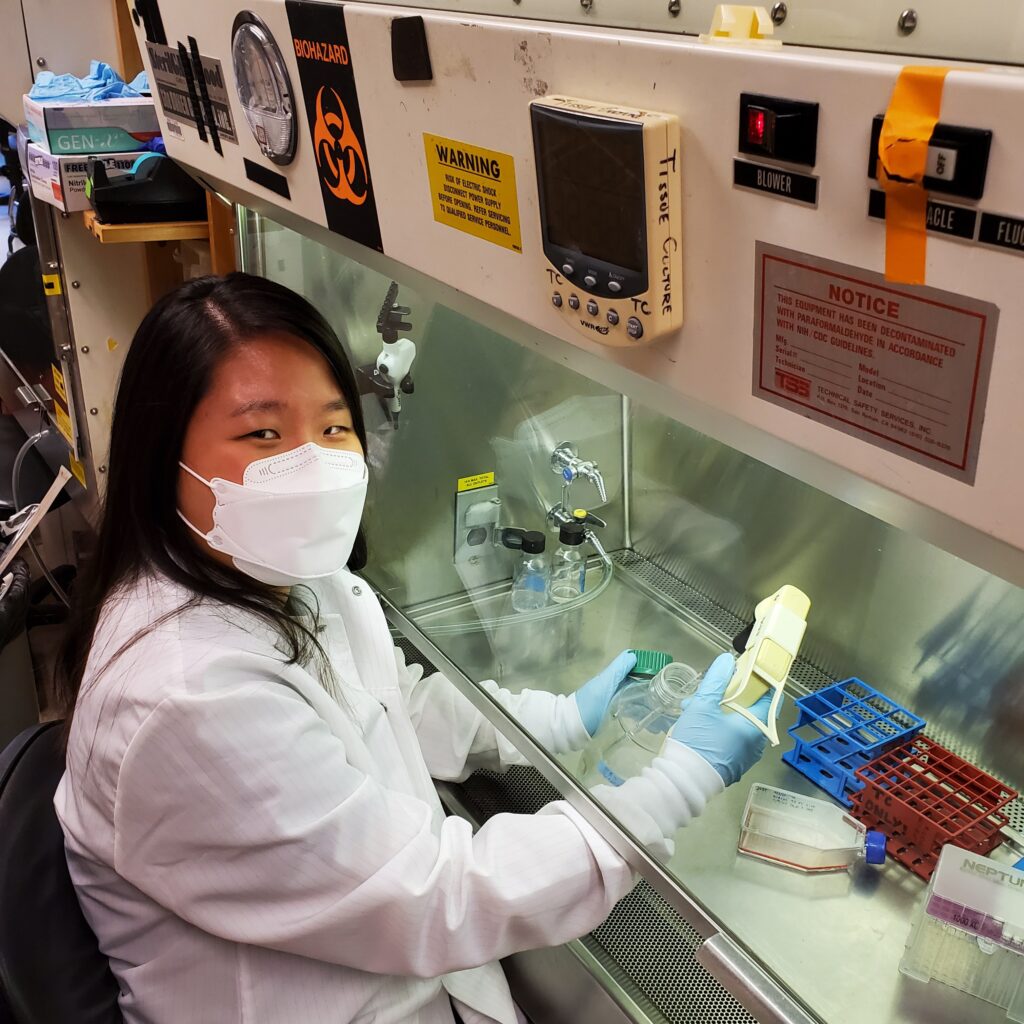
Natural killer (NK) cells play an important role in the innate immune system in eliminating viruses and tumors. Unfortunately in environments lacking class I major histocompatibility complex (MHC-I) proteins, as is the case in 40-90% of human tumors, the NK cells can become desensitized and unresponsive. In her project, Seungwon will modify the expression of two phosphatases, Ptpn6 and Ptpn 22, that have been found to be expressed at higher levels in anergic NK cells to study the molecular mechanisms of NK cell desensitization. Findings have the potential to guide […]
Richard Ruan
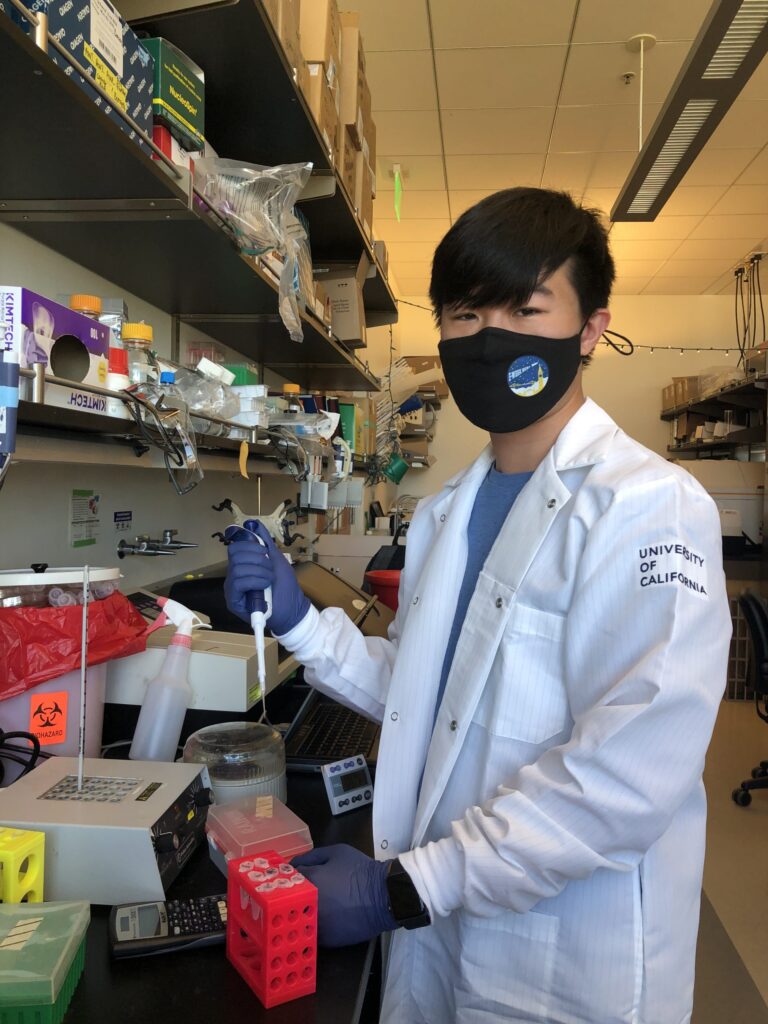
Dengue disease is caused by four serotypes of dengue virus (DENV), and associated symptoms can range from undifferentiated fever to severe vascular leakage. DENV nonstructural protein 1 (NS1) was recently found by the Harris laboratory and others to be a key factor in causing the endothelial barrier dysfunction that leads to vascular leakage, but the mechanism is not yet completely understood. Richard will focus on identifying possible host factors critical for NS1-induced pathology by generating a list of host factors of interest from pilot gene expression analyses, and then validating […]
Laura Carolina Rodriguez-Adjunta

Salmonella is the leading source of food-borne diseases in the United States. Infection by Salmonella Typhimurium causesdiseases ranging from self-limiting gastroenteritis to life-threatening systemic infection, provoking around 1.3 billion cases every year worldwide. Moreover, no vaccine to prevent salmonellosis exists. Recently, 19 small noncoding bacterial RNAs (sRNAs) located in salmonella SPIs were discovered, of which IsrC is one of the newest forms. Bacterial sRNAs regulate the expression of their target genes in pathogenesis, essentially contributing to bacterial invasiveness. My research will focus on the interaction between IsrC and its predicted […]
Irene Steves

Stomatopods, also known as mantis shrimp, are some of the coolest marine crustaceans. They are powerful predators (for their size, at least) and are concentrated in tropical waters all over the world. The stomatopod rostrum, a segment of exoskeleton near the eyes, ranges from a simple triangular shape to something that looks more like a crown or the curved top of a palace. This summer, Irene will be looking into the evolutionary motivations of stomatopod rostrum variation. She plans to determine the function of the rostrum and the reasons for […]
Brendon McNicholas
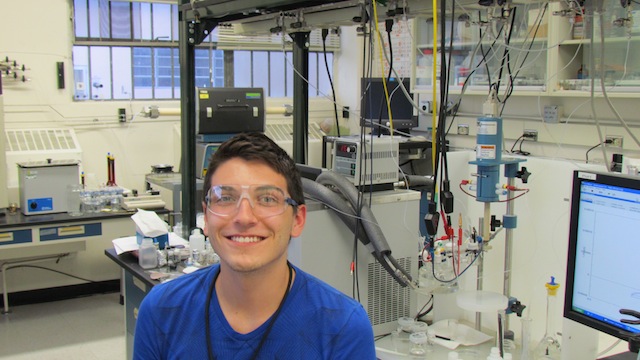
Research in alternative energy has become increasingly urgent in recent years due to constantly increasing pollution and depletion of traditional energy sources. One of the most compelling devices in the field is the fuel cell, a means for converting hydrogen and oxygen into useful energy. To contribute to the advancement of the field of alternative energy, this thesis aims to further the characterization of an oxygen reduction catalyst for a PEM fuel cell. Literature has shown that certain first-row transition metal corrole complexes are active for catalytic oxygen reduction, and […]
Keng Lam

Worldwide, we have more than 33 million people living with HIV (human immunodeficiency virus). It remains a challenge to find the best prevention methods. Keng’s research compares two new biomedical prevention methods that have used ART (antiretroviral therapy) to prevent HIV transmission in discordant couples (one member is infected but the other is not). One method is PrEP (pre-exposure prophylaxis), where the uninfected person takes antiretroviral drugs, and the other method begins ART in the infected member earlier than is clinically recommended to prevent transmission. The clinical trials data from […]
Michael Goldrich
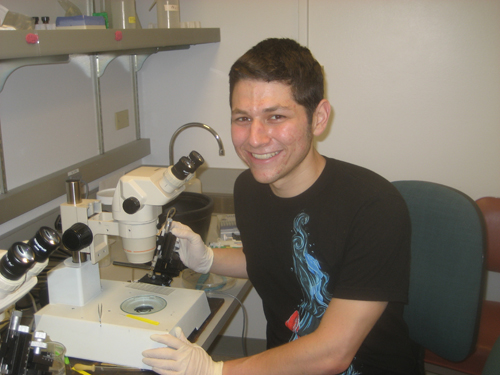
Genetic work with model organisms, such as fruit flies, mice, and zebrafish, has provided invaluable insights into the mechanisms behind human disease and development. One tool for creating these models is direct modification of the genome. Michael is optimizing the use of reagents, called zinc finger nucleases (ZFNs), in order to create specific and targeted modifications in the DNA sequence of a very genetically tractable system, the zebrafish. Using ZFNs, genes can possibly be directly targeted to express desired proteins, incorporate molecular tags, or can even be repaired by a […]